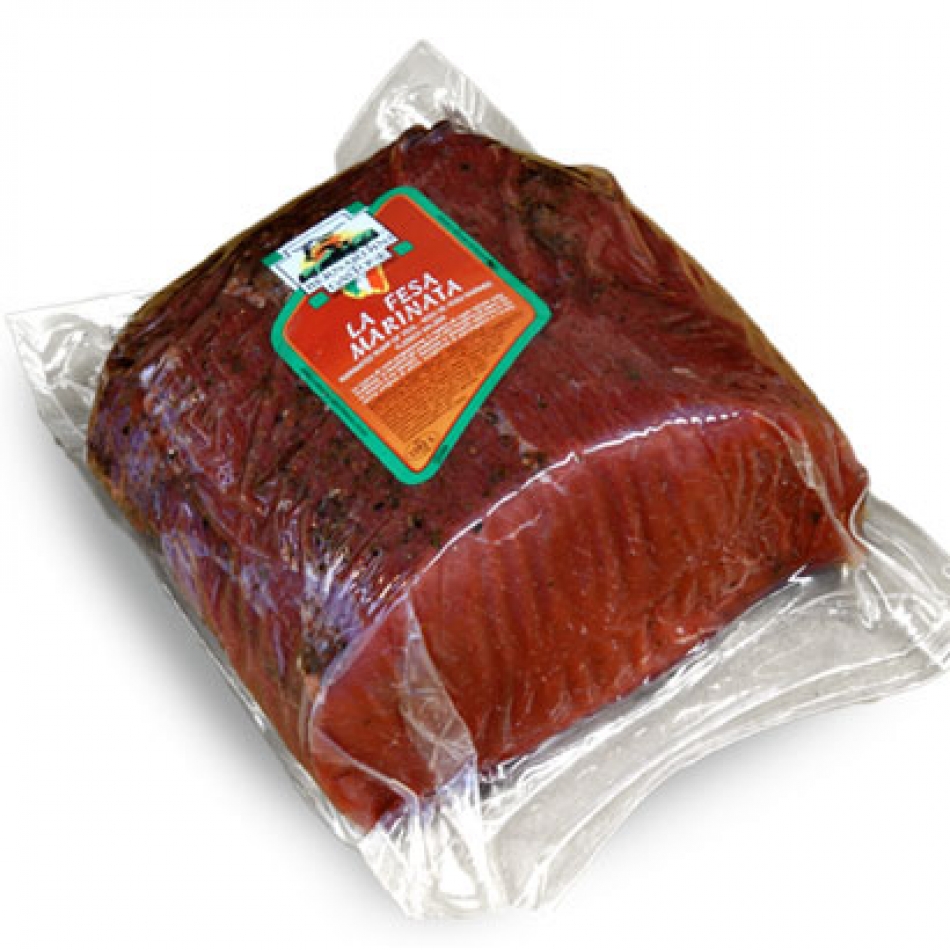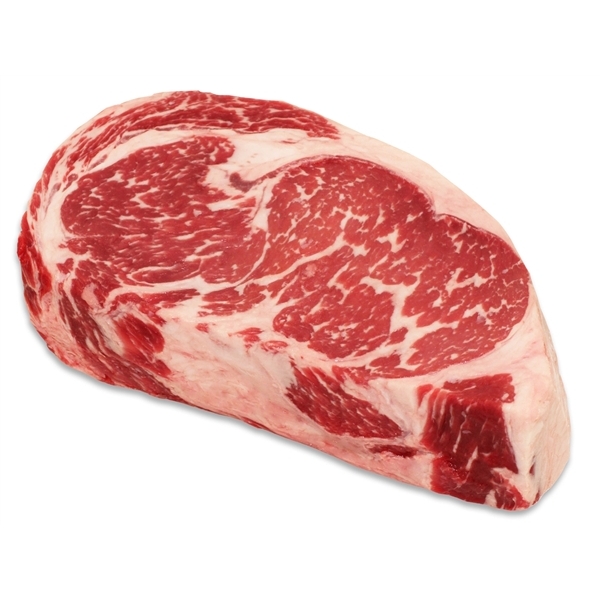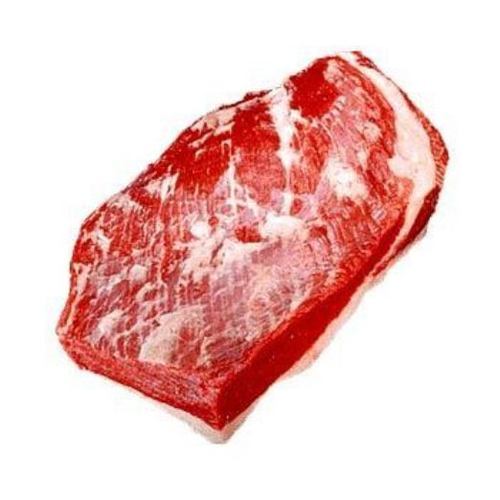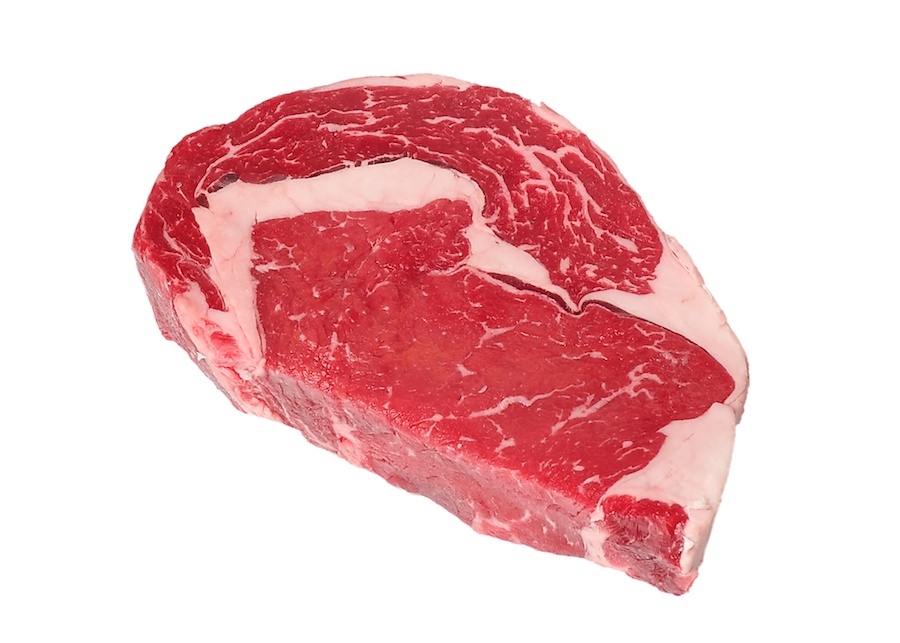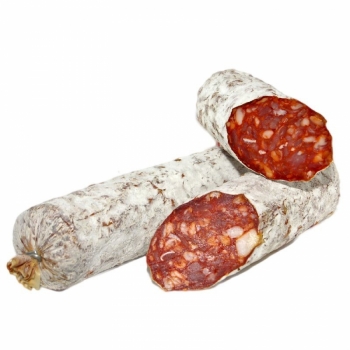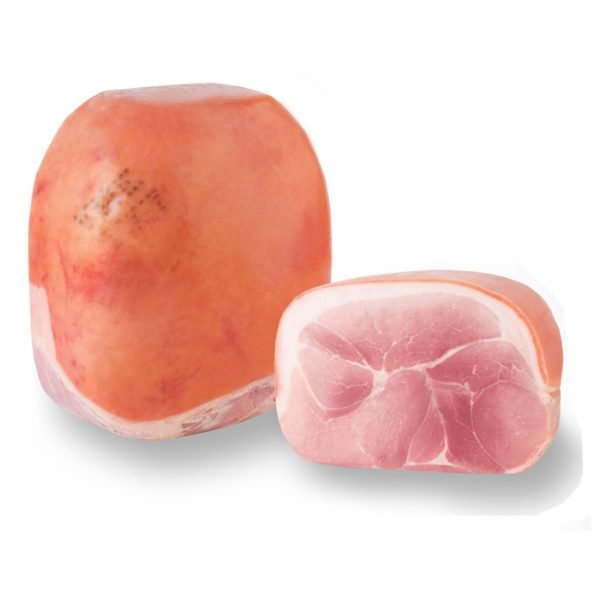The Angus is naturally polled and solid black or red, though the udder may be white. The native colour is black, but more recently red colours have emerged.[2] The UK registers both in the same herd book, but in the US they are regarded as two separate breeds – Red Angus and Black Angus. Black Angus is the most common breed of beef cattle in the US, with 332,421 animals registered in 2017[3]. In 2014, the British Cattle Movement Service named Angus the UK’s most popular native beef breed, and the second most popular beef breed overall.[4]
Scotland
Aberdeen Angus cattle have been recorded in Scotland since at least the 16th century in the country’s northeast.[5] For some time before the 1800s, the hornless cattle in Aberdeenshire and Angus were called Angus doddies. In 1824, William McCombie of Tillyfour, M.P. for South Aberdeenshire, began to improve the stock and is regarded today as the father of the breed.[2] Many local names emerged, including doddies or hummlies. The first herd book was created in 1862, and the society was formed in 1879. This is considered late, given that the cattle gained mainstream acceptance in the middle of the eighteenth century. The cattle became commonplace throughout the British Isles in the middle of the 20th century.[6]
Argentina
As stated in the fourth volume of the Herd Book of the UK’s Angus, this breed was introduced to Argentina in 1879 when „Don Carlos Guerrero” imported one bull and two cows for his Estancia „Charles” located in Juancho, Partido de General Madariaga, Provincia de Buenos Aires. The bull was born on April 19, 1878; named „Virtuoso 1626” and raised by Colonel Ferguson. The cows were named „Aunt Lee 4697” raised by J. James and „Cinderela 4968” raised by R. Walker and were both born in 1878, on January 31 and April 23, respectively.[7]
Australia
Angus cattle were first introduced to Tasmania (then known as Van Diemen’s Land) in the 1820s and to the southern mainland in 1840. The breed is now found in all Australian states and territories with 62,000 calves registered with Angus Australia in 2010.[8]
Canada
In 1876 William Brown, a professor of agriculture and then superintendent of the experimental farm at Guelph, Ontario, was granted permission by the government of Ontario to purchase Aberdeen Angus cattle for the Ontario Agricultural College. The herd comprised a yearling bull, Gladiolus, and a cow, Eyebright, bred by the Earl of Fife and a cow, Leochel Lass 4th, bred by R.O. Farquharson. On January 12, 1877, Eyebright gave birth to a calf, sired by Sir Wilfrid. It was the first to be born outside of Scotland. The OAC went on to import additional bulls and cows, eventually began selling Aberdeen Angus cattle in 1881.[9]
United States
On 17 May 1873, George Grant brought four Angus bulls, without any cows, to Victoria, Kansas. These were seen as unusual as the normal American cattle consisted of Shorthorns and Longhorns, and the bulls were used only in crossbreeding. However, the farmers noticed the good qualities of these bulls and afterwards, many more cattle of both sexes were imported.[10]
On 21 November 1883, the American Angus Association was founded in Chicago, Illinois.[11] The first herd book was published on March 1885.[10] At this time both red and black animals were registered without distinction. However, in 1917 the Association barred the registering of red and other coloured animals in an effort to promote a solid black breed.[12]
The Red Angus Association of America was founded in 1954 by breeders of Red Angus cattle. It was formed because the breeders had had their cattle struck off the herd book for not conforming to the changed breed standard regarding colour.[12]





